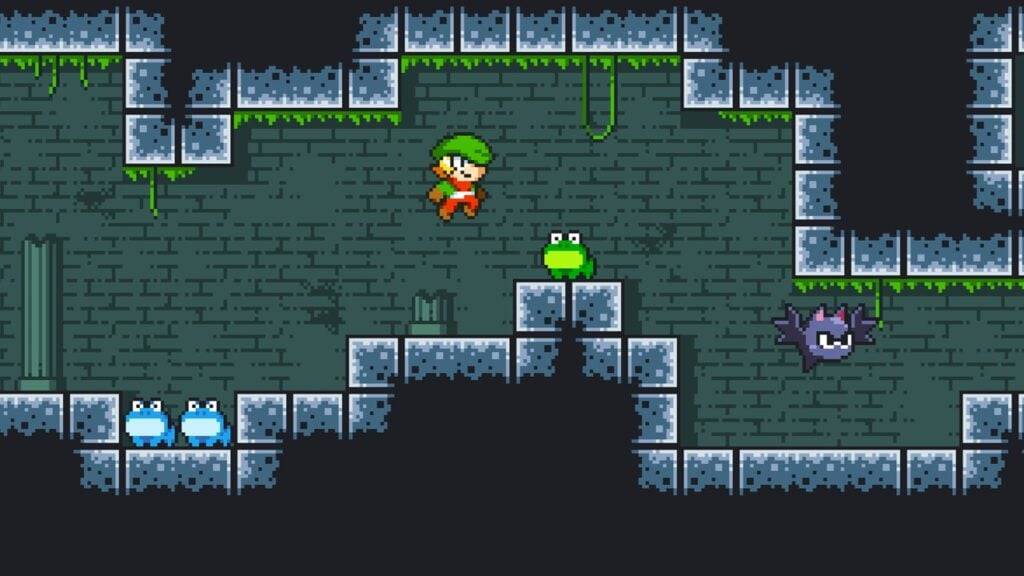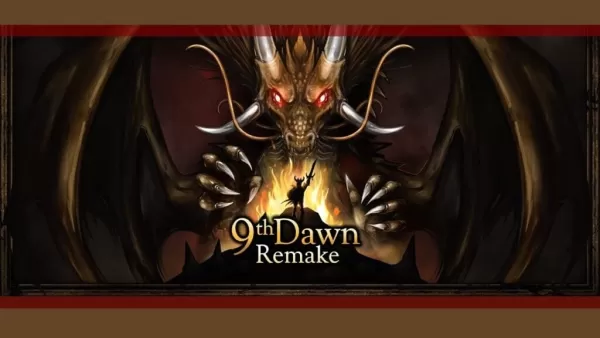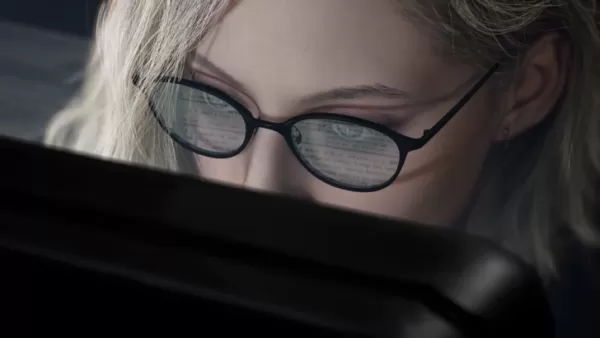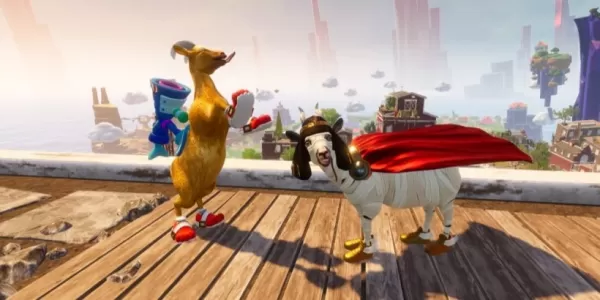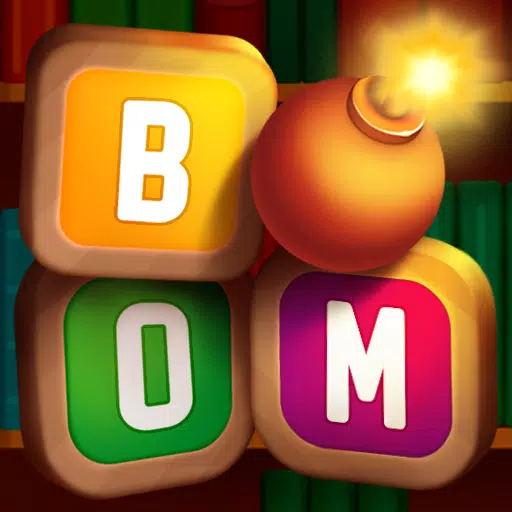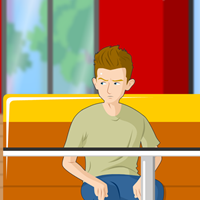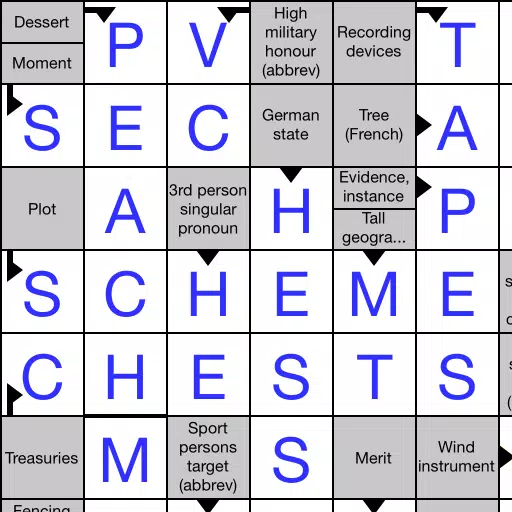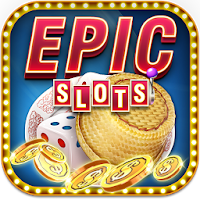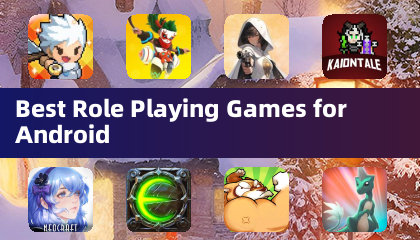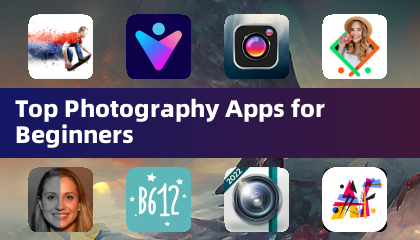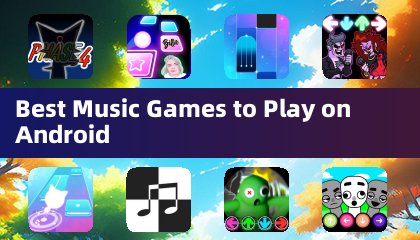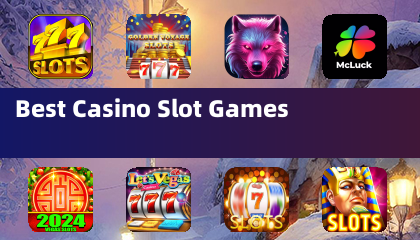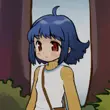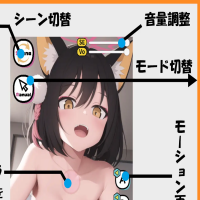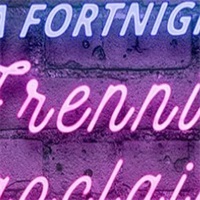In 2015, the French studio Don't Nod set a new standard for interactive dramas with their groundbreaking game, Life is Strange. This enthralling adventure captivated players with its poignant narrative about the beauty of everyday life, the strength of unbreakable friendships, and the relentless march of time. The game's meticulous attention to detail, coupled with its immersive world and the impactful choices players could make, left a lasting impression. Although Don't Nod ventured into different genres with subsequent projects, none quite managed to recapture the magic that Life is Strange had sparked in fans' hearts.
Years later, Don't Nod returns to their storytelling roots with Lost Records: Bloom & Rage, a game that not only embraces the essence of interactive cinema but also serves as a heartfelt tribute to a bygone era and the carefree spirit of youth. With its evocative atmosphere, richly drawn characters, and the weight of player-driven choices, Lost Records promises to captivate players once again.
Table of Contents
- Friends Reunite to Uncover Secrets from the Past After 27 Years
- Choices Still Impact Surroundings, Dialogues, and Relationships
- Bloom & Rage Creates Beautifully Imperfect Characters
- A Town Worth Dreaming About
- Slow-Paced Plot: The Defining Feature of the Story
Friends Reunite to Uncover Secrets from the Past After 27 Years
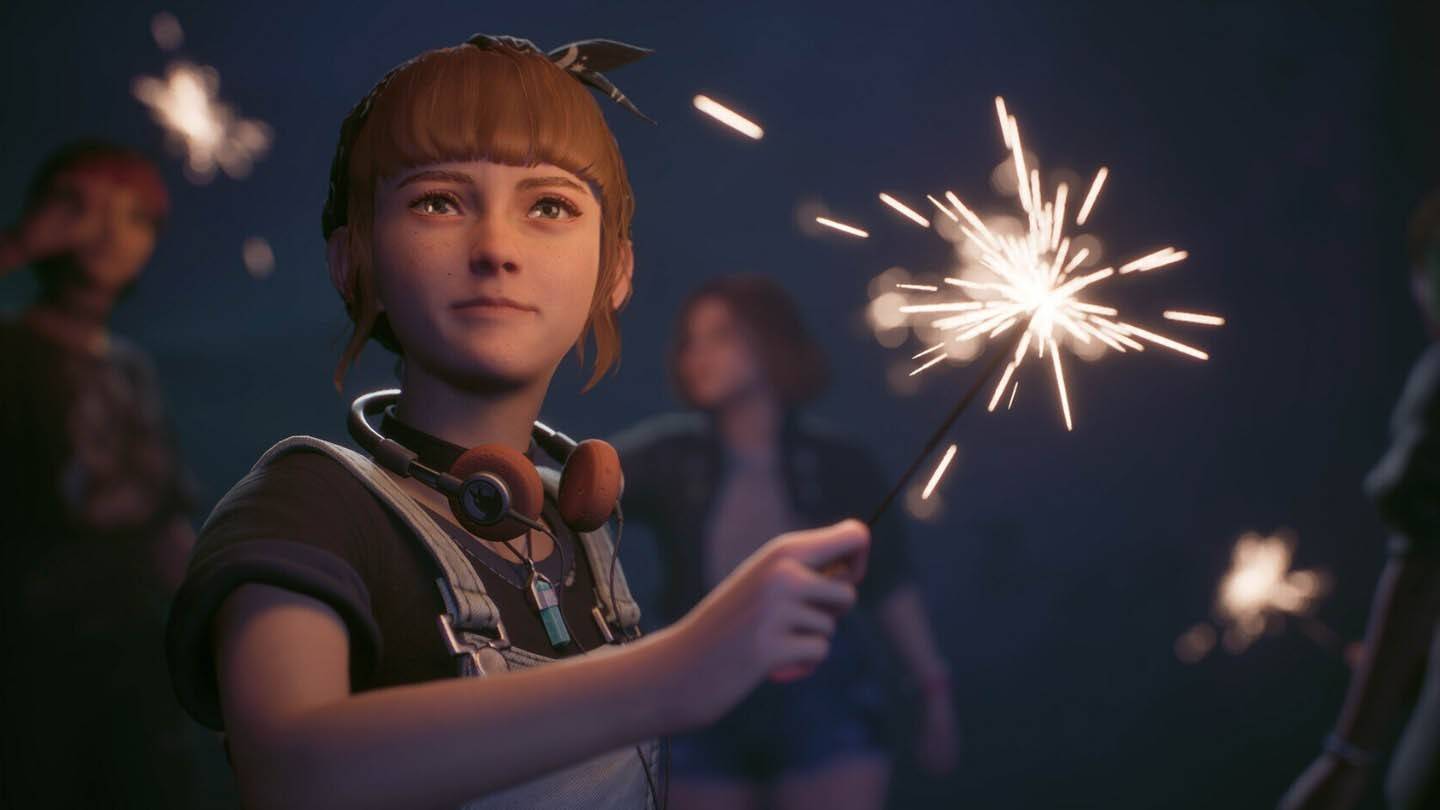 Image: ensigame.com
Image: ensigame.com
At the core of Lost Records is the story of four women whose friendship was shattered 27 years ago. The protagonist, Swan Holloway, returns to her hometown of Velvet Bay for a reunion with her old friends, only to find that someone has sent them a mysterious package from their past. This package leads them to a forest and an abandoned house, stirring up secrets that were better left buried. This is the essence of Bloom & Rage: a summer night's dream brought back to life.
The narrative weaves between two timelines: 1995, a time of youthful innocence and brighter days, and 2022, where the now middle-aged heroines meet in a bar, their awkward smiles masking the pain of a past incident that drove them apart. The game cleverly uses first-person camera angles to highlight the contrast between these two periods.
However, the bulk of the gameplay unfolds in the past. Players explore beautifully crafted locations, nurture relationships, and capture moments with a vintage HVS camera. Video recording is a central mechanic, much like Max's photography in Life is Strange. Swan uses her camera to document graffiti, wildlife, people, and even hints of the paranormal.
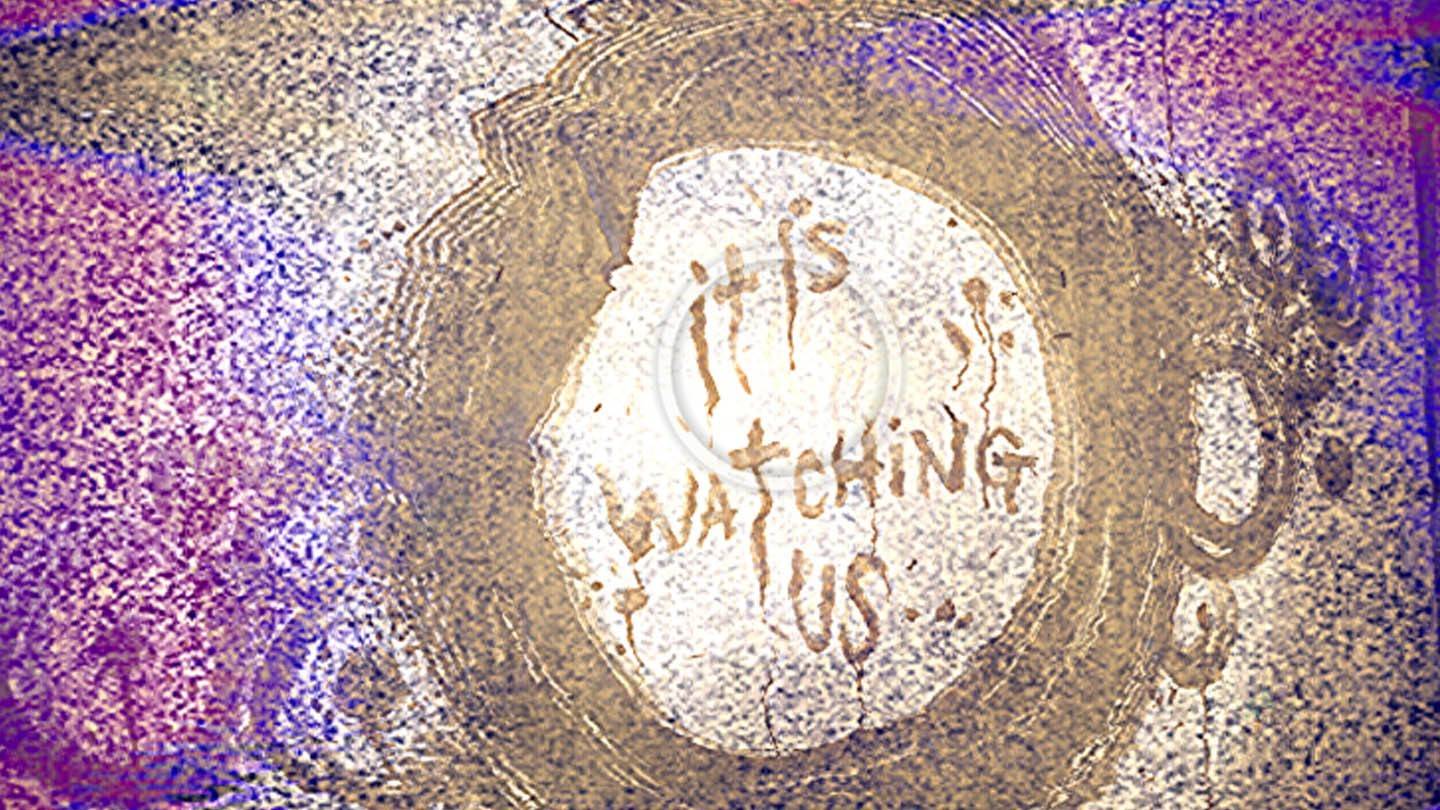 Image: ensigame.com
Image: ensigame.com
In a dedicated menu, players can edit their collected footage into short films, categorized by themes, with Swan providing commentary on the results. While these documentaries add depth to the storyline, they don't directly influence the plot.
The choices players make throughout the game have both immediate and long-term consequences, though the episodic nature of the game means that the long-lasting impacts are currently limited.
Choices Still Impact Surroundings, Dialogues, and Relationships
Lost Records excels in its interactivity and attention to detail, hallmarks of Don't Nod's work. For example, when Swan expresses a desire for ice cream from a nearby truck, players can choose to fulfill her wish or continue with other tasks. Delaying too long might result in the truck closing, altering subsequent conversations with new characters.
 Image: ensigame.com
Image: ensigame.com
The game's world is dynamic, enhancing its charm. Dialogues unfold in real-time, reminiscent of Oxenfree and Telltale games, with characters interrupting each other, changing topics, and even offering silence as a response. Sometimes, choosing to say nothing can be more impactful than revealing a secret impulsively.
The freedom to build relationships is another form of choice. Players don't need to seek approval from everyone; if a character doesn't appeal, they can simply be ignored. Swan's shy nature allows players to help her open up and connect with others.
Bloom & Rage Creates Beautifully Imperfect Characters
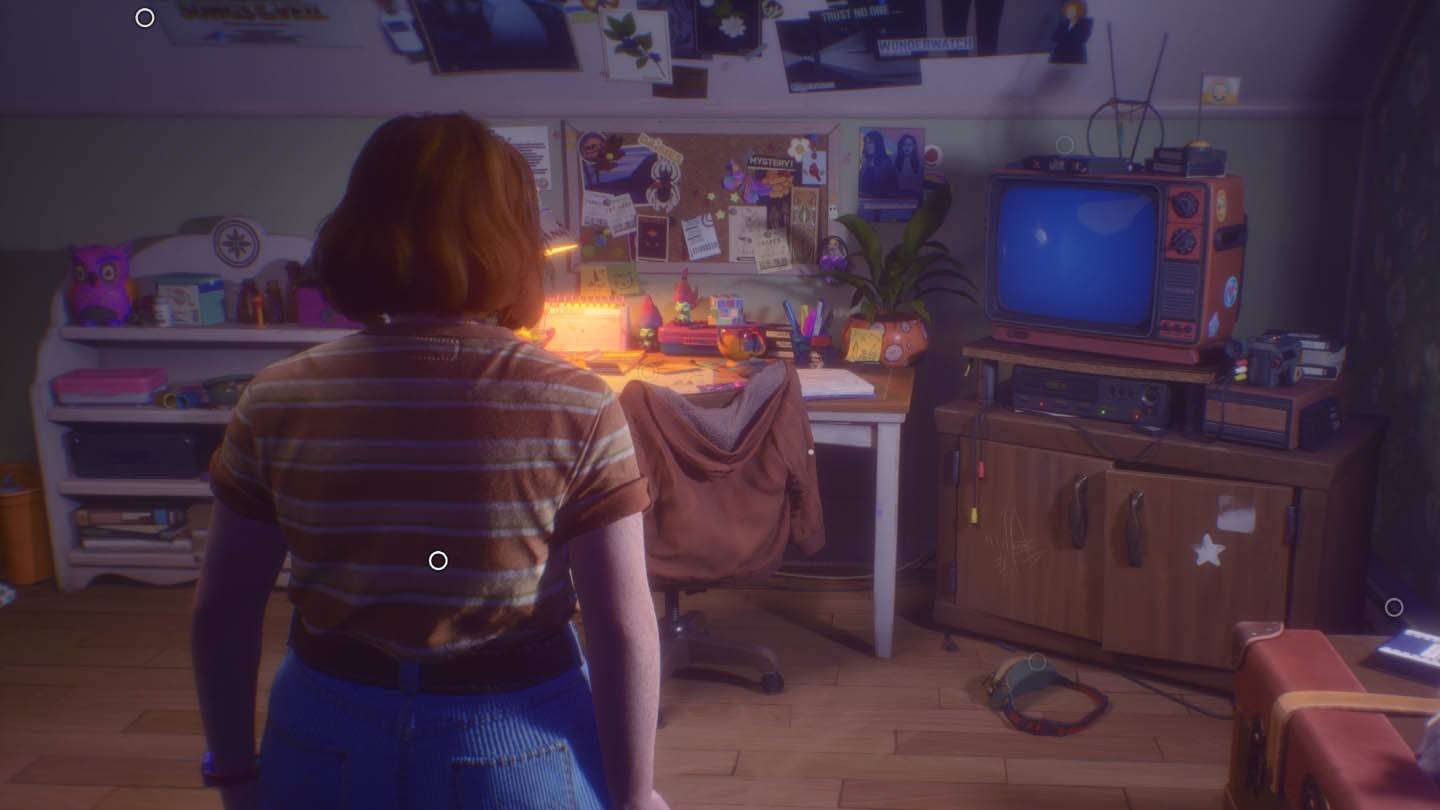 Image: ensigame.com
Image: ensigame.com
Don't Nod has a knack for crafting characters that feel authentic. They are loud, occasionally clumsy in their youthful idealism, yet deeply sincere. After feeling that the main cast of Life is Strange: Double Exposure lacked depth, I realized that the issue wasn't with interactive films but with how characters are developed. Don't Nod excels in this area.
Swan is endearing—an ordinary 16-year-old who struggles with self-doubt, constantly worries about her words, and uses her video camera as a shield. While she might seem reminiscent of Max Caulfield from Life is Strange, Swan is a distinct character, not a mere echo of her predecessor.
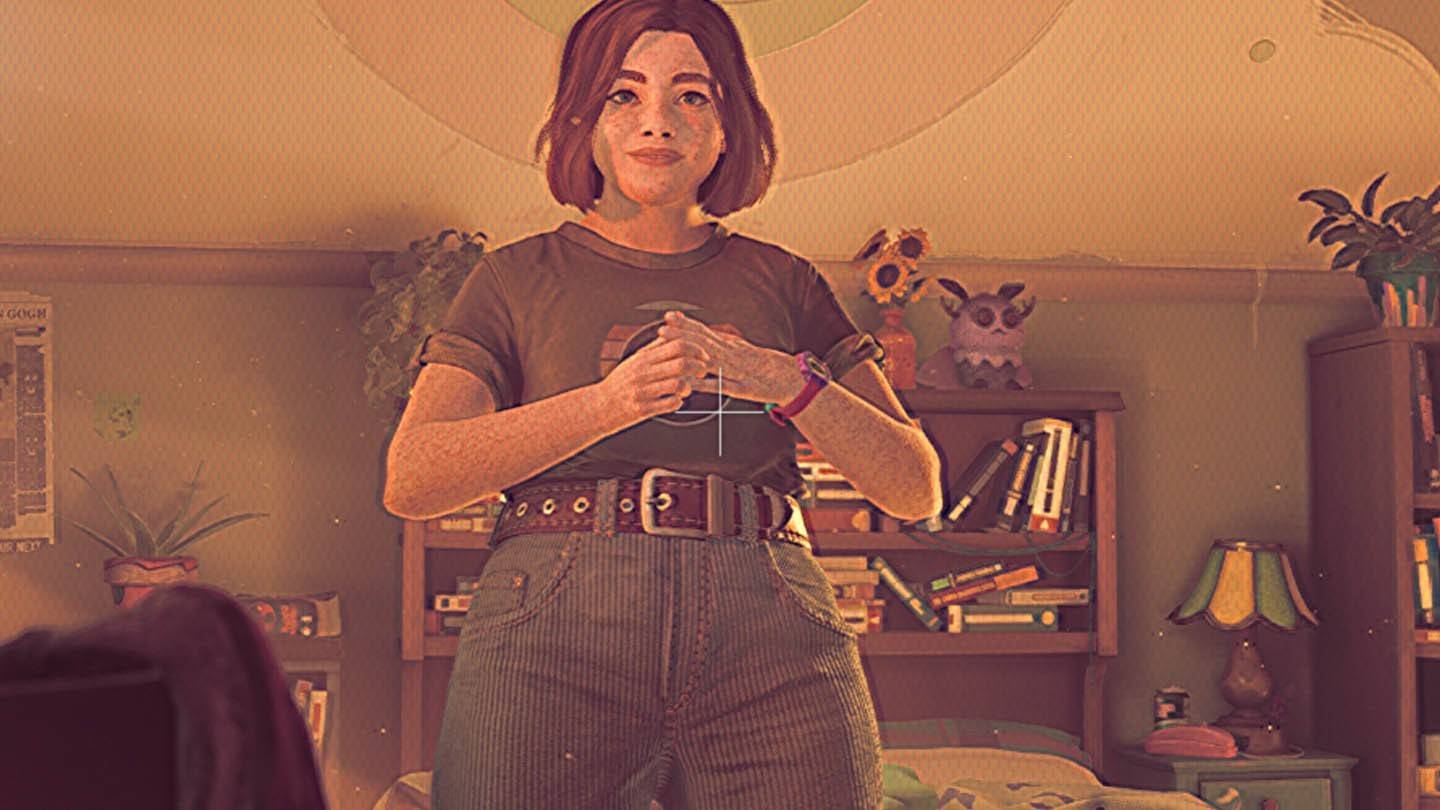 Image: ensigame.com
Image: ensigame.com
Her friends—Ottem, Kate, and Nora—embody familiar archetypes but transcend them. Nora, the punk girl with colorful bangs and big American dreams, surprises with her cautious nature, while Kate, the passionate writer, often pushes for bold actions. She encourages Swan to seize the moment, while Ottem values thoughtful and serious individuals.
In their company, players will feel like teenagers again, convinced they know everything about life, regardless of their actual age. Lost Records is a journey through time, not just into youth but into the heart of the '90s.
A Town Worth Dreaming About
Nostalgia is woven into every aspect of Lost Records, but it's most palpable in Swan's room, a treasure trove of '90s artifacts. From bulky TVs and VHS tapes to floppy disks, tamagotchis, Rubik's cubes, and troll dolls, every item invites players to reminisce and reflect on the golden years.
Easter eggs referencing pop culture are plentiful: Sabrina, The X-Files, Tank Girl, The Goonies, Twilight, Casper, Revenge of the Nerds, and more. The game also nods to other video games like Oxenfree, Night in the Woods, Control, and, of course, Life is Strange. Books and music, such as House of Leaves, Nine Inch Nails, and Nirvana, further enrich the experience.
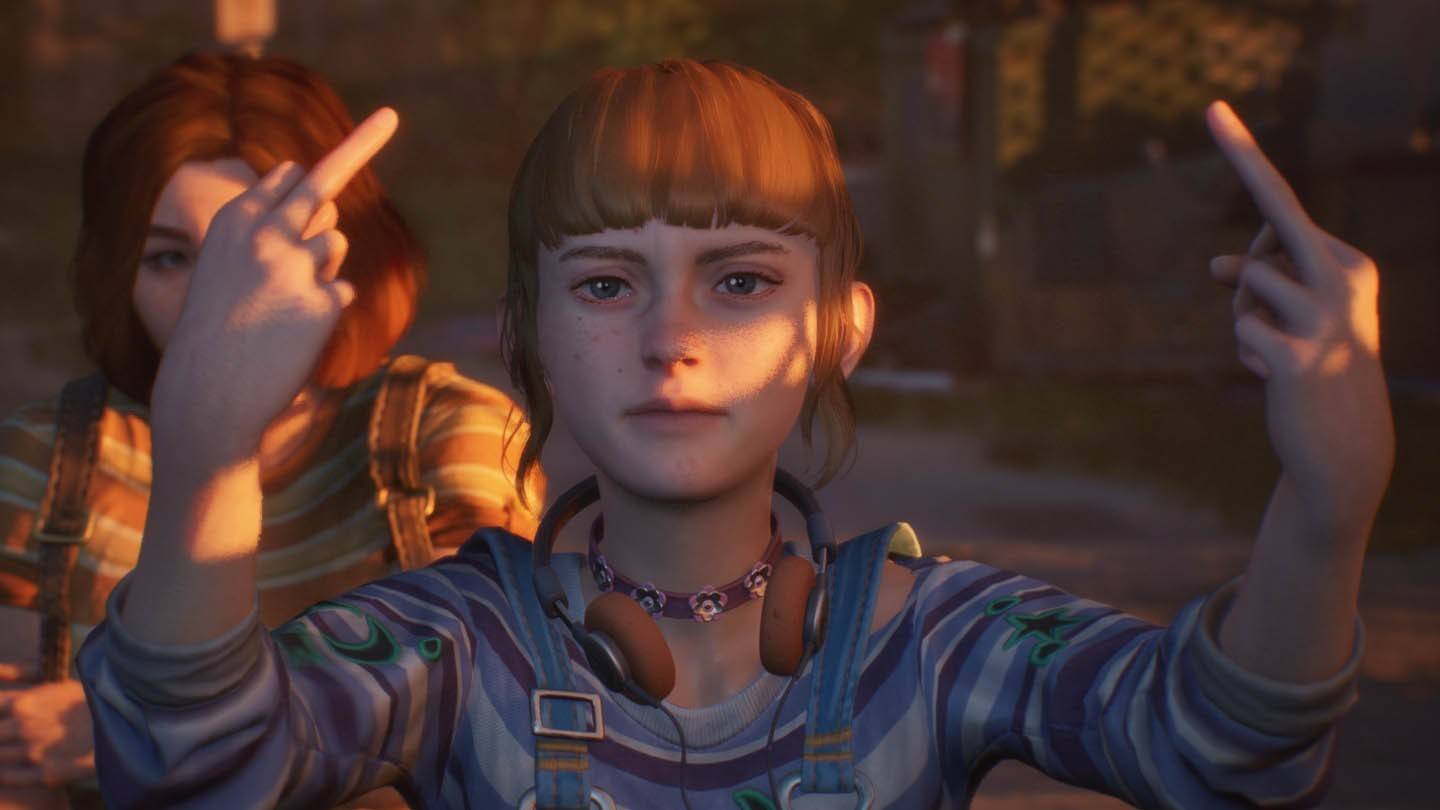 Image: ensigame.com
Image: ensigame.com
The most overt reference is the plot's setup, reminiscent of Stephen King's It, with 27 years passing since the characters last met.
The soundtrack deserves special mention. Don't Nod's choice of dream-pop and indie-rock tunes, including the standout track "See You in Hell," perfectly complements the game's atmosphere. Initially, I thought the music didn't resonate, but "The Wild Unknown" has been stuck in my head for days.
Thanks to the masterful integration of all these elements, Velvet Bay emerges as the quintessential sleepy American town—cozy by day and chilling by night. The more players explore, the more Bloom & Rage intrigues and confounds them.
Slow-Paced Plot: The Defining Feature of the Story
 Image: ensigame.com
Image: ensigame.com
The exposition in Lost Records unfolds at a leisurely pace, so much so that players might forget they're playing a mystery game. Unlike Life is Strange, where the transition from teenage life to detective work is swift, Lost Records takes its time, insisting players get to know the characters and soak in the '90s atmosphere before the narrative shifts gears.
This slow pace isn't a flaw for me, but it might not suit everyone's taste. The tension builds in the second half of the first episode, or "reel," culminating in a suspenseful cliffhanger that promises more excitement in the next installment. This leaves players eager to theorize and speculate—exactly what the developers intended.
Lost Records: Bloom & Rage transports players to the '90s, even if they never lived through them. It's a game that understands its audience and doesn't pretend to be anything else. With relatable characters, engaging interactions, and the potential for a compelling story, it has all the ingredients for success in its genre. The full impact of Lost Records will be clearer after the release of the second part on April 15th. I eagerly await the conclusion, hoping Don't Nod will once again weave their storytelling magic.

